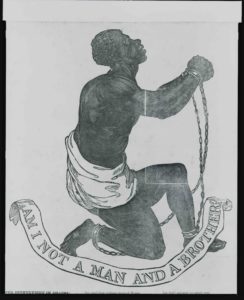If you need a little respite from neighborhood shenanigans this weekend, consider these two flares from the Representations archive:
Michael Rogin’s “The Two Declarations of Independence”
and
“Glenn Ligon and Other Runaway Subjects” by Huey Copeland
In the former, Michael Rogin asks “What is the bearing of our radicalized national culture on the color-blind innovation of individual rights?” Discussing the American Declaration of Independence in light of the affirmative action debates of the 1990s, Rogin traces the declaration’s legacy through race relations in both the old and the new Hollywoods.
Less well known than Rogin’s other writings on race and film, this short essay appeared in Representations‘ special issue “Race and Representation: Affirmative Action,” edited by Robert Post and Michael Rogin in 1996. The issue quickly went out of print, but is now back in circulation in pdf format.
MICHAEL ROGIN was the author of many books on race, culture, politics, and history, including Blackface, White Noise: Jewish Immigrants in the Hollywood Melting Pot and Independence Day, or, How I Learned to Stop Worrying and Love the Enola Gay. He taught for many years at the University of California, Berkeley, and was a founding member of the Representations editorial board.
* * * * * * * * * * * * * * * * * * * * * * * * * * *

Am I Not a Man and a Brother? Woodcut, 1837. Courtesy Library of Congress
Huey Copeland’s 2011 essay “Glenn Ligon and Other Runaway Subjects” looks at contemporary artist Glenn Ligon’s multiple engagements with the history of American slavery, particularly as evinced by his 1993 installation To Disembark. As Copeland shows, in casting himself as a runaway slave, Ligon points up the relationships between regimes of power, violence, and resistance that continue to produce black subjects as fugitives in life and in representation.
HUEY COPELAND is Associate Professor of Art History at Northwestern University, where he teaches modern and contemporary art. He is the author of Bound to Appear: Art, Slavery, and the Site of Blackness in Multicultural America.
